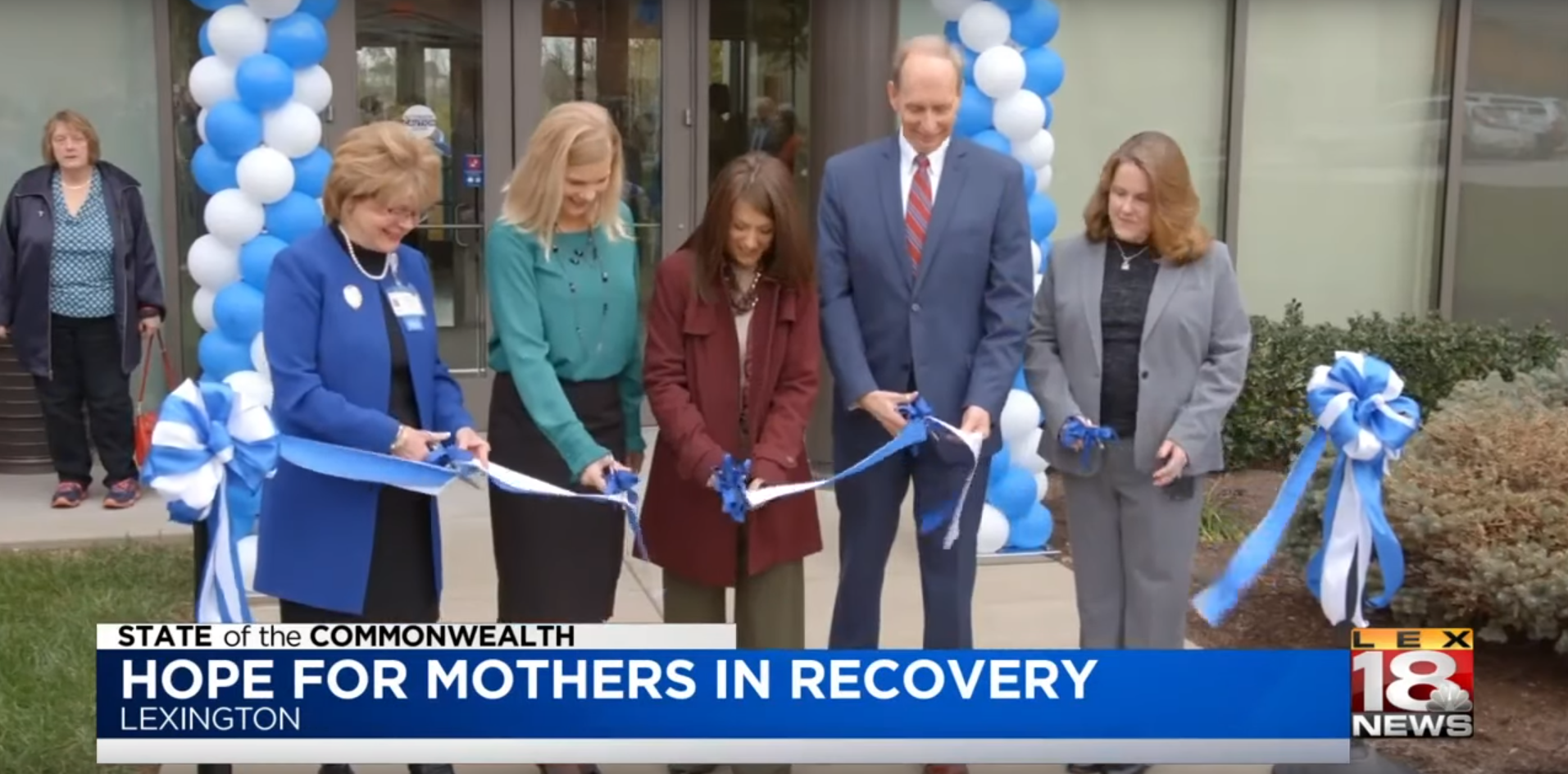‘SOTC’: Beyond Birth Program Helps Recovering Moms And Their Children
LEX 18’s “State of the Commonwealth” took a look at one often forgotten group in the ongoing opioid epidemic: women trying to overcome substance abuse while caring for newborns and young children.
In many communities, there are programs for those women while they are pregnant, but finding help for moms and their children afterward is not always easy.
Lexington is an exception on that note.
The University of Kentucky’s College of Nursing has created a ground-breaking program: the Beyond Birth Comprehensive Recovery Center.
Five years ago, Holly Dye and Kristin Ashford saw this void in their community.
“We had women calling, crying that they couldn’t find care or it wasn’t just what they were accustomed to,” Dye said. “That didn’t feel good to us. So, we began to say, ‘OK, come back, we’ll figure this out.'”
The solution they offer was the program Beyond Birth.
“We just continued to do the next right thing, which was help these women get everything that they needed,” Dye said. “If we could transition them back to the community, obviously we want to do that.”
The program includes everything mothers in recovery might need: family medical care, counseling, even parenting help.
“Having that place and they trust the people that are providing their care is a really important component to having them come back,” said Ashford. “Because we want to be able to provide as many treatment services as we can for them.”
Dye agrees.
“No one is celebrating them,” she said. “When they see that we can do that, their guard drops and they can step out of their past and walk into a future.”
Because of that, more than 300 women have come through the doors since 2014. And there’s enough demand that the program recently moved into a new building on the Eastern state Hospital campus.
Dye and Ashford hope similar programs spread far and wide.
“We can’t be afraid of it, because the problem has gotten too big,” Dye said. “What we need to do is really focus in on it and then get people healthy enough to go and live a life of long-term recovery.”

